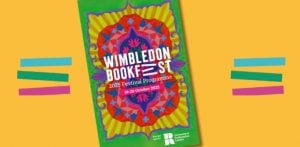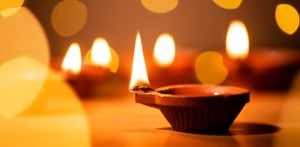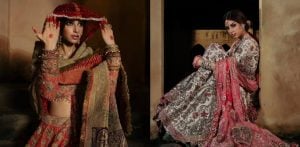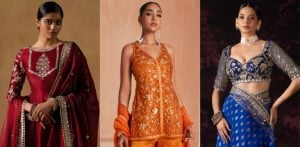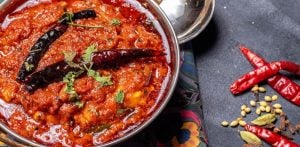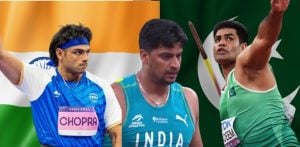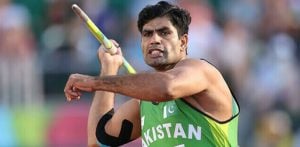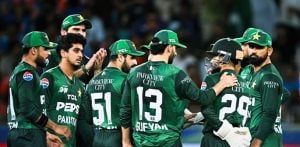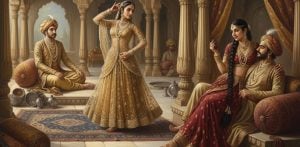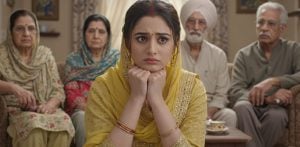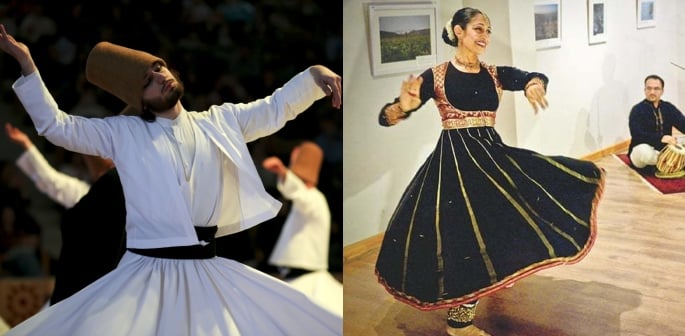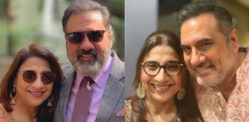Western dancing might be viewed with scepticism.
Dancing, as a form of expression and art, has a complex status in Pakistan.
It reflects the country’s diverse cultural, religious, and social landscapes.
However, in some instances, it can be frowned upon and disapproved by members of society.
The perception and acceptance of dance vary widely across different segments of Pakistani society.
This is due to a range of factors including religious beliefs, regional cultural traditions, and the influence of modernisation and globalisation.
In many parts of Pakistan, traditional and folk dances are celebrated and performed during festivals, weddings, and other cultural ceremonies.
These dances, such as the Sufi whirling (associated with Sufism), Bhangra (celebrated in Punjab), Kathak (a classical form), and Lewa (popular in Balochistan).
These are deeply ingrained in the cultural heritage of the respective regions and are generally accepted and appreciated.
The acceptance of modern and Western dance forms in Pakistan is more nuanced.
Dancing in Pakistan is viewed through a complex lens due to the country’s diverse cultural, religious, and social landscapes.
Religious and Social Considerations
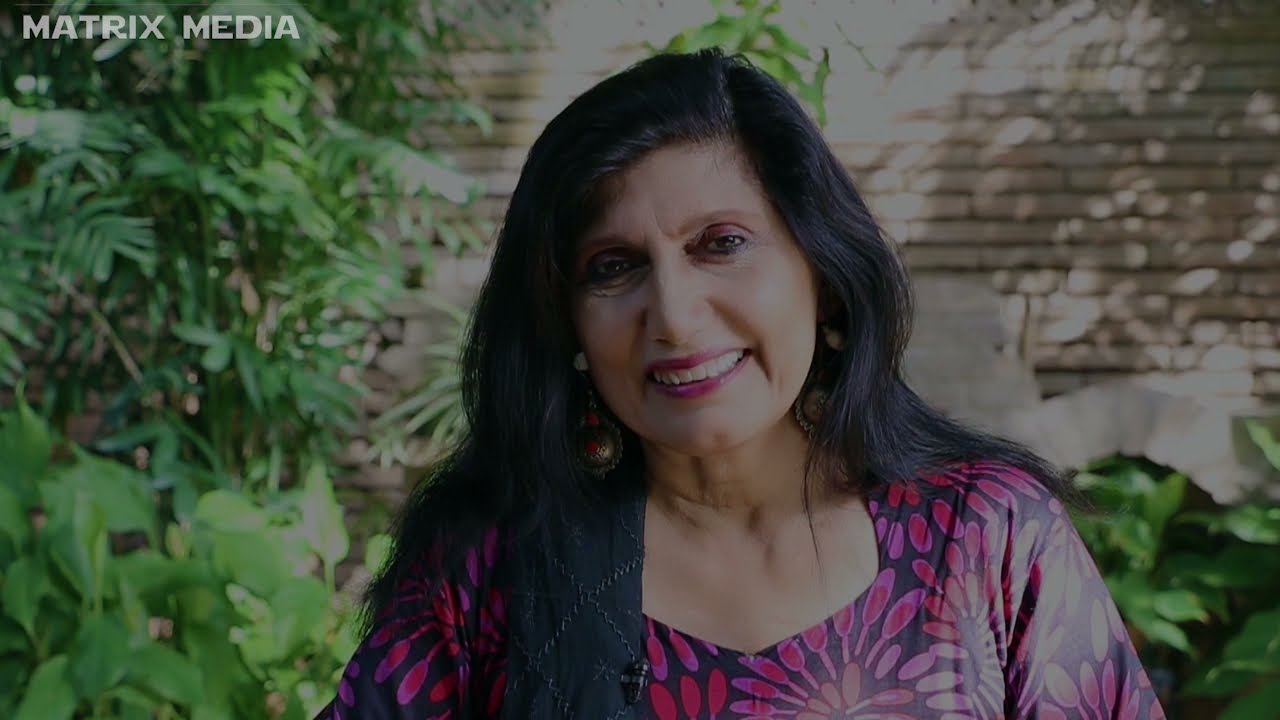
In more conservative and religious segments of Pakistani society, dancing is often viewed with scepticism or outright disapproval.
Some conservative interpretations of Islam consider dancing, especially mixed-gender dancing or performances in public, to be inappropriate or taboo.
This is because it may conflict with the modesty and decorum prescribed by their religious beliefs.
Some conservative interpretations of Islam in Pakistan view dancing as inappropriate.
Moreover, it can be contrary to the principles of modesty and decorum emphasised in Islamic teachings.
These views are not universally held across all Muslim communities but can influence social norms and attitudes toward dance in certain areas.
On the other hand, there are traditions within Islam that embrace dance as a form of spiritual expression or cultural practice.
For example, Sufism is a mystical branch of Islam that has a significant presence in Pakistan.
It often includes music and dance in its spiritual practices, such as the Sufi whirling dervishes.
These use it as a form of prayer and meditation to seek closeness to God.
The acceptance of dancing in Pakistan also depends on the cultural context and the type.
Traditional and folk dances are an integral part of cultural celebrations in many Pakistani communities, such as weddings and festivals, where they are widely accepted and enjoyed.
Urban areas, particularly in major cities like Karachi, Lahore, and Islamabad, may exhibit more openness to various forms of dance.
In addition, modern and Western styles, reflect the influence of globalisation and changing social norms.
In contrast, rural and more conservative areas might adhere more strictly to traditional views that discourage or limit public dancing.
Cultural Norms
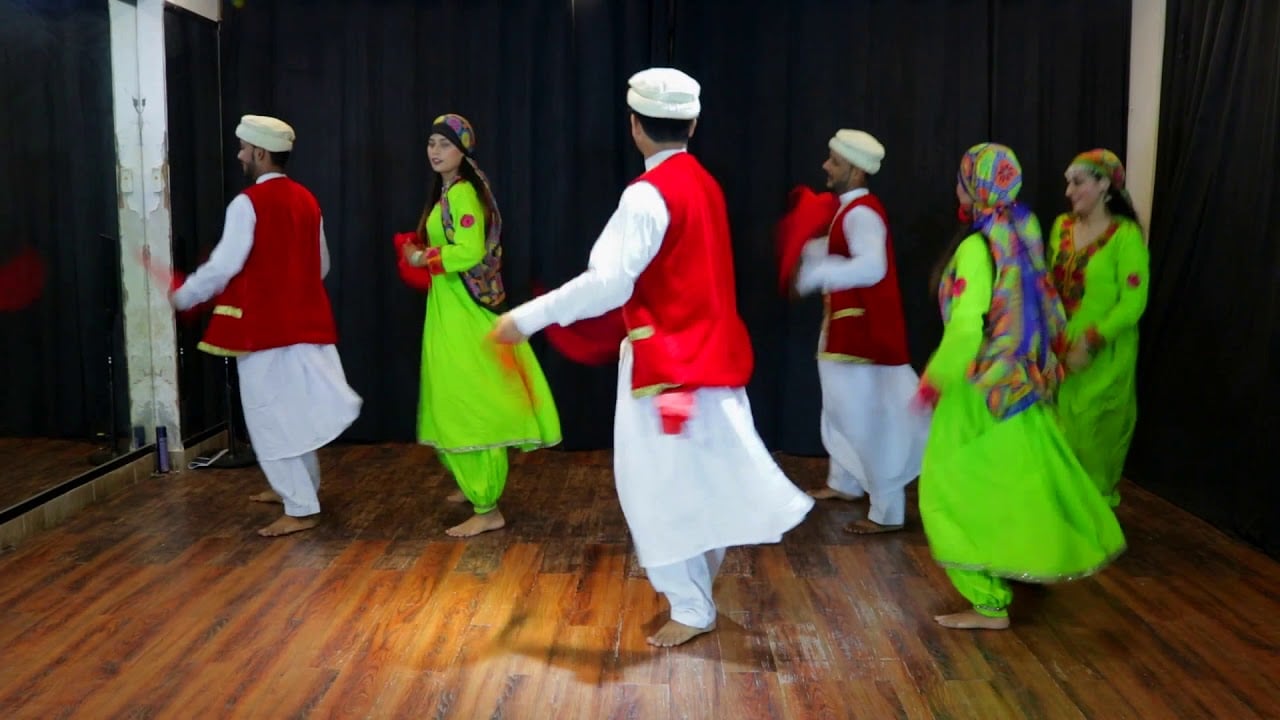
Pakistan’s cultural norms are deeply influenced by its Islamic identity and traditional values.
They would often prioritise modesty and be reserved in public behaviour.
Dancing, particularly in mixed-gender settings or forms that are perceived as overly expressive or sensual, can be seen as violating these norms.
In Pakistan, cultural norms regarding dancing are diverse and vary significantly across different regions, communities, and social groups.
This diversity reflects the country’s rich tapestry of ethnic, cultural, and religious identities.
Many Pakistani communities have a rich tradition of folk and classical dances that are integral to celebrations, festivals, and weddings.
These include dances like the Bhangra and Giddha in Punjab, Kathak in Khyber Pakhtunkhwa, Lewa in Balochistan, and Dhammal or Sufi whirling associated with Sufi religious practices.
In these contexts, dancing is not only allowed but celebrated as an important expression of cultural identity and heritage.
In urban centres like Karachi, Lahore, and Islamabad, there is a growing interest in contemporary, ballet, and other Western dance forms.
This is especially true among the younger and more urbanised populations.
Dance schools and academies teaching these forms have emerged, indicating a segment of society that embraces it as an art form and means of expression.
However, in more conservative and religious segments of Pakistani society, dancing is often viewed with scepticism.
Especially when it involves mixed-gender participation or is performed in public.
The Pakistani media and entertainment industry, including television, film (Lollywood), and theatre, often features dance as an essential element of storytelling and entertainment.
While this reflects a certain level of acceptance, the portrayal and acceptance of dance in media are subject to censorship and cultural sensitivities.
Modern and Western Dance Forms

In urban centres, there might be a growing interest in contemporary and Western dance forms among the younger and more urbanised populations.
However, these forms can also be viewed with suspicion as symbols of Western influence or moral decay by more conservative elements within society.
In Pakistan, the perception of Western dancing varies significantly across different segments of society.
These perceptions are influenced by cultural, religious, and social factors.
In urban centres like Karachi, Lahore, and Islamabad, there is a growing interest among the younger and more urbanised populations in contemporary and Western dance forms.
A segment of society is open to and enthusiastic about Western dance as a form of art and entertainment.
In more conservative and religiously orthodox communities, Western dancing might be viewed with disapproval.
This is because some conservative interpretations of Islam consider dancing, to be inappropriate or contrary to the principles of modesty and decorum emphasised in Islamic teachings.
Western dance forms, particularly those that involve close physical contact or are perceived as overly expressive, can be seen as challenging these norms.
The Pakistani media and entertainment industry, including television and film, often features dance as an essential element of storytelling and entertainment.
While this reflects a certain level of acceptance, the portrayal and acceptance of Western dance in media are subject to censorship and cultural sensitivities.
Additionally, exposure to global media and the internet has introduced and popularised Western dance forms among the youth.
Thus leading to a mixed reception depending on the viewers’ cultural and religious backgrounds.
Media and Entertainment
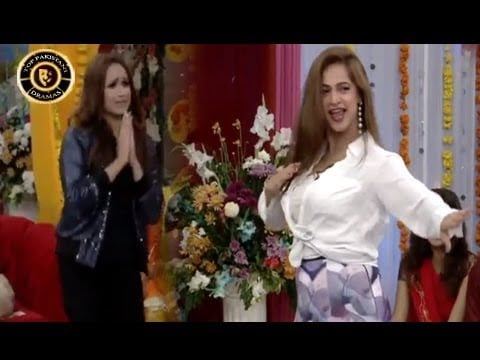
The portrayal of dance in Pakistani media and entertainment is subject to censorship and cultural sensitivities.
While it is featured in films, television, and theatre, its acceptance is moderated by the broader cultural and religious context.
The portrayal of dancing in Pakistani media is nuanced and varies depending on the type of media and the specific cultural and social context.
Pakistani television and films often feature dance, especially in the context of cultural celebrations, weddings, and dramas.
However, the portrayal of dance is carefully managed to align with cultural sensitivities and censorship regulations.
While traditional and folk dances are commonly depicted as part of Pakistan’s rich cultural heritage, the representation of modern or Western forms might be more restrained.
The media in Pakistan operates under certain censorship guidelines that aim to respect cultural and religious norms.
Scenes involving dance, particularly those that might be considered suggestive or inappropriate by conservative standards, are subject to scrutiny and may be edited to ensure compliance with these norms.
Social media and online platforms have become significant outlets for expressing and sharing dance in Pakistan.
These platforms allow for a broader representation, including Western styles, by bypassing traditional censorship constraints.
However, the reception and acceptance of such content can vary widely among the Pakistani audience, reflecting the diverse views on dance within the society.
Media representations aim to balance traditional values with modern influences.
Dance sequences in films and TV shows, for example, are crafted to appeal to a wide audience, including those with more conservative views.
As such, the content is often a reflection of a broader societal consensus, avoiding overtly challenging conservative norms directly.
With the advent of digital media and the internet, Pakistanis have increased access to global entertainment, including Western films and music videos that feature various forms.
This exposure influences public perceptions and has contributed to a growing interest in contemporary and Western dance forms, especially among the younger population.
The local media, in response, sometimes incorporate these influences into their content.
Albeit in a way that is mindful of local tastes and sensibilities.
There is a distinction between what is consumed in private versus what is broadcasted or shown in public.
Individuals might privately enjoy a wide range of forms through international media.
However, the content publicly aired on Pakistani television and cinema is more carefully curated to ensure it adheres to national cultural norms and values.
Mujra

The Mujra has historical roots in the Mughal era.
This was a sophisticated art form performed in the courts of Mughal emperors. It is performed at certain events and venues.
However, it is often associated with negative connotations due to its evolution and the venues where it is sometimes performed.
This form, despite being an art, faces social stigma and is not widely accepted as a mainstream cultural expression.
Mujra dancing in Pakistan occupies a complex position within the country’s cultural and social landscape.
It reflects the nuanced interplay between historical tradition, entertainment, and contemporary societal norms.
Originally, Mujra combined elements of classical Kathak dance with music and poetry.
It served as a form of entertainment and an artistic expression.
Over time, however, the perception and context of Mujra have evolved.
In modern times, Mujra dancing is often associated with weddings and private parties.
However, it also has connections to the entertainment industry, where it can be seen in more commercialised forms.
In conservative and religiously orthodox communities, any form of dance, including Mujra, might be disapproved.
It may also be perceived as being performed in morally questionable contexts.
Mujra’s evolution and its association with certain venues have sometimes led to negative connotations.
This stigma is not universally applied across all of Pakistani society but is significant in more conservative circles.
In some urban and more liberal settings, Mujra and other forms of dance might be more readily accepted as part of cultural celebrations.
In contrast, in rural or conservative areas, such practices might face stricter scrutiny.
Dancing in Pakistan is viewed through a complex lens due to the country’s diverse cultural, religious, and social landscapes.
The perception and acceptance of it can vary significantly.
There is a notable difference in perspectives in rural and urban areas.
Pakistani society is influenced by a range of factors, including religious beliefs, and regional cultural traditions.
Moreover, there is a difference in people’s stance in terms of religious acceptance or non-acceptance of dancing.


